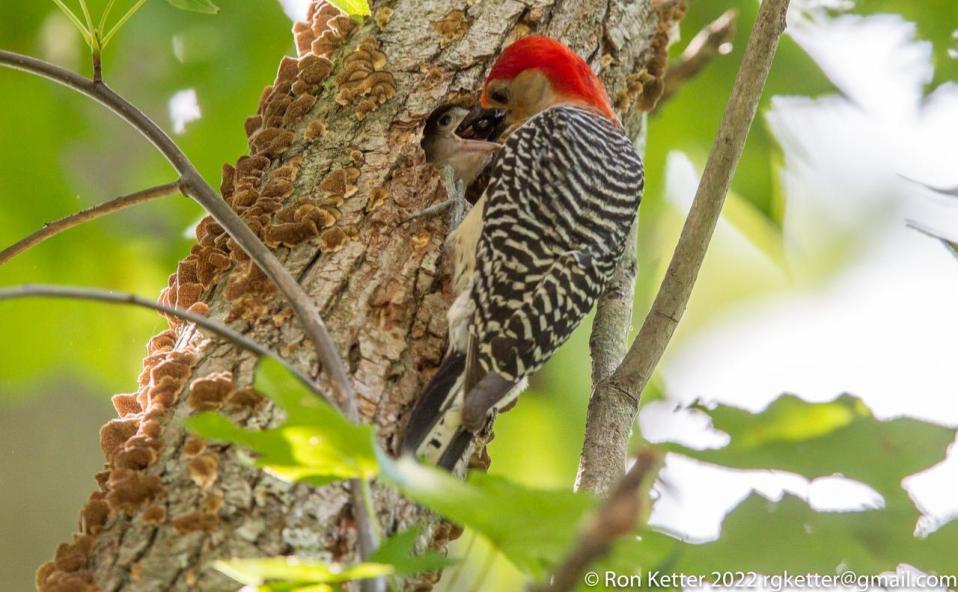 One of the joys of spring is hearing the birds sing. Some of those songs come from bird species that reside in our area year, while others come from species returning to our area from areas south where they spend the winter months. Birds sing to attract mates and to defend territory as they become busy building nests and laying eggs. Certain types of habitat attract different species, and documenting where birds breed is an important component in understanding trends in bird populations.
One of the joys of spring is hearing the birds sing. Some of those songs come from bird species that reside in our area year, while others come from species returning to our area from areas south where they spend the winter months. Birds sing to attract mates and to defend territory as they become busy building nests and laying eggs. Certain types of habitat attract different species, and documenting where birds breed is an important component in understanding trends in bird populations.
Maryland birders periodically undertake a five-year project documenting where birds breed throughout the state. The project is called the Breeding Bird Atlas, and we are currently in the third year of this effort. This is also the third time for the Breeding Bird Atlas project – the first was conducted from 1983 through 1987 and the second from 2002 through 2006.
Carrying out an atlas is a major effort – Maryland is divided into over a thousand three-by-three square mile blocks, and birders pay multiple visits to each block looking for evidence of which species breed in each block. What makes this effort remarkable is that the vast majority of the work is done by volunteers who are simply interested (and take great joy) in watching birds and learning about their natural behavior.
If you are interested in learning more about the latest Breeding Bird Atlas – whether you are simply interested in more details or want to learn how you can join the effort – join the Talbot County Bird Club in a public meeting on Monday, May 9 from 6 – 7:30 pm at the Talbot County Free Library Meeting Room, 100 W. Dover Street, in Easton.



Write a Letter to the Editor on this Article
We encourage readers to offer their point of view on this article by submitting the following form. Editing is sometimes necessary and is done at the discretion of the editorial staff.